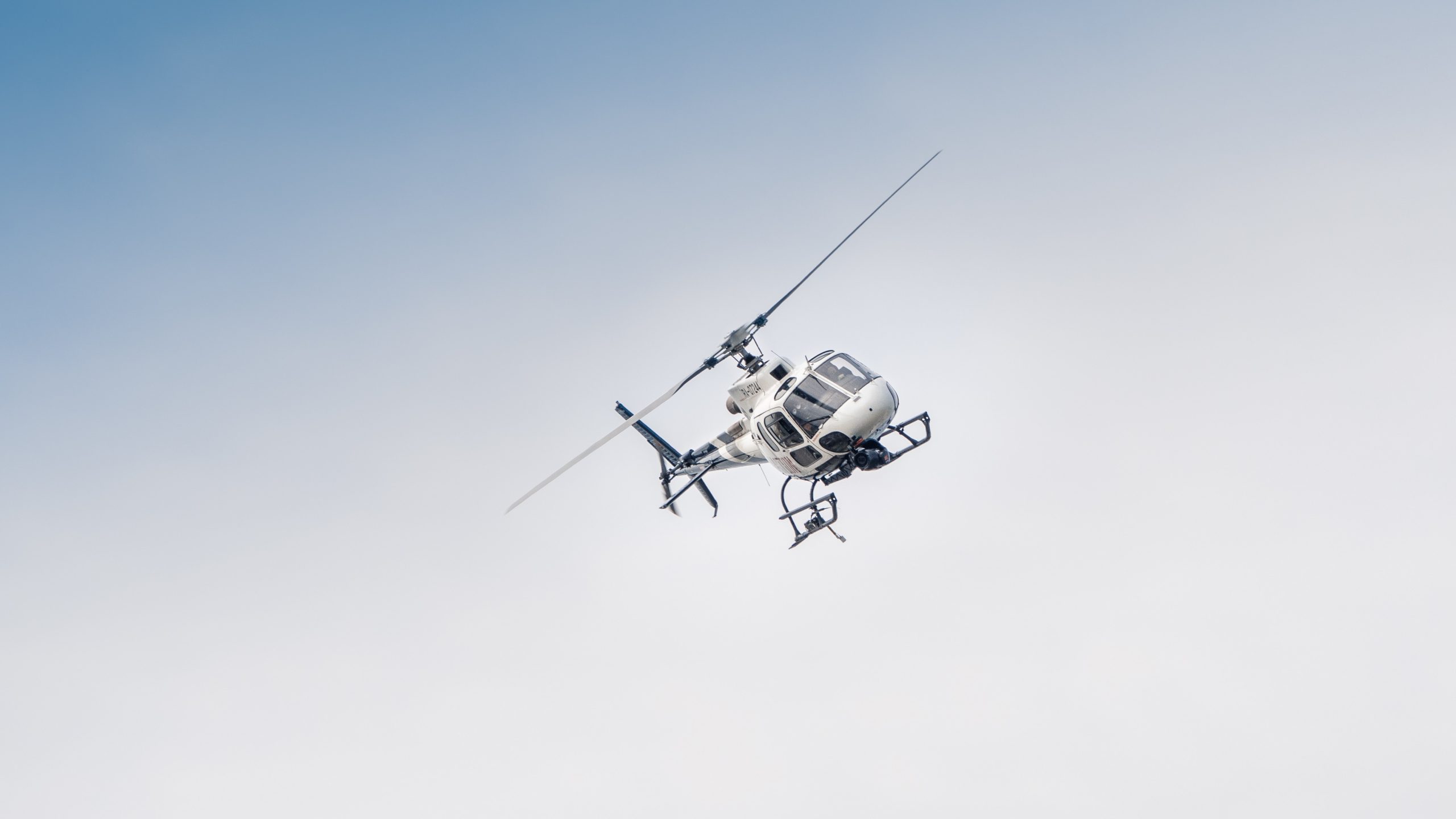Buckle up and join us on an exhilarating journey to one of the world’s most remote regions, Siberia. Known for its frigid temperatures and vast expanse of frozen tundra, Siberia perhaps doesn’t immediately conjure images of high-tech aviation manufacturing. But don’t be fooled by appearances – this region boasts a thriving helicopter manufacturing industry that is soaring to new heights with each passing day. Join us as we explore the fascinating history and current state of Siberian helicopter production, uncovering some surprising facts along the way!
What is Siberia’s Helicopter Manufacturing Industry?
Siberia is home to a thriving helicopter manufacturing industry, which has seen significant growth in recent years. This industry is based on the production of helicopters and aircraft parts for both civilian and military use.
The Siberian Helicopter Manufacturing Industry Association (SHMA) represents helicopter manufacturers in Siberia. According to the SHMA, Siberia’s helicopter manufacturing industry produces more than 1,000 helicopters annually. The majority of these are sold to civilian customers. However, military applications also play an important role in the industry, as Siberia is home to a number of military bases and airfields.
The primary source of funding for Siberian helicopter manufacturers is exports. However, government support has played an important role in helping the industry grow. In particular, the Russian government has made funding available for research and development projects related to helicopters and aircraft technology. This support has helped spur innovation within the industry and led to increased production levels.
The global market for helicopters is growing rapidly, and Siberian helicopter manufacturers are well- positioned to benefit from this trend. In addition, Russia’s ongoing efforts to bolster its defense capabilities will likely lead to increased demand for helicopters from military customers in Europe and Asia.
The History of Helicopter Manufacturing in Siberia
The history of helicopter manufacturing in Siberia is a long and winding one that stretches back to the days when helicopters were just starting to become popularized. The first helicopters in Siberia were built in the early 1960s, and throughout the following decades, helicopter manufacturers have been established all across the Russian Far East. Today, Siberia’s helicopter manufacturing industry is still thriving, and there are even plans for further expansion.
One of the main reasons for this continued success is geography. Siberia has a wide area that is conducive to flying, and an abundance of water makes it easy to maintain aircraft fleets. Additionally, Siberian manufacturers have been able to stay ahead of the curve by constantly innovating their products. For example, some of Russia’s first helicopters were designed with special features that make them ideal for mountainous terrain.
Despite these advantages, helicopter manufacturing in Siberia has had its share of challenges as well. One major issue has been cold weather conditions. Helicopters are sensitive machines that require careful handling in extreme weather conditions, but if outside temperatures are too low or if rain or snow covers the blades it can be difficult to operate them safely. Additionally, harsh winters can cause heavy machinery to break down or damage aircraft factories themselves. However, despite these difficulties, Siberia’s helicopter manufacturing industry continues to thrive thanks largely to its resilient workers and innovative manufacturers
The Challenges of Operating a Helicopter Manufacturing Company in Siberia
The helicopter industry in Siberia is unique in many ways. For one, the climate is exceptionally harsh, with temperatures averaging below -40 degrees Celsius throughout the year. This makes it difficult to both manufacture and operate helicopters in Siberia. Secondly, there is a limited number of qualified personnel available to work in the helicopter industry, which also makes it difficult to stay afloat. Finally, the cost of raw materials and equipment is significantly higher in Siberia than elsewhere in the world, making it difficult for helicopter manufacturers to compete on a global scale.
The Outlook for the Helicopter Manufacturing Industry in Siberia
The helicopter manufacturing industry in Siberia has been growing rapidly in recent years due to the region’s temperate climate and abundance of resources. Helicopter manufacturer Eurocopter is one of the largest and most prominent companies operating in Siberia, and it is forecasted that the industry will continue to grow in the coming years.
Eurocopter has a facility in Ulan Bator, Mongolia, which it uses to produce helicopters for sale in Russia and other countries. The company plans to open another facility in Siberia near Irkutsk by 2020, which will allow it to produce helicopters for export to other parts of Asia.
One of the main reasons why the helicopter manufacturing industry is flourishing in Siberia is because of the region’s abundant natural resources. Helicopters require a lot of fuel to operate, so producing them here allows Eurocopter to save on transportation costs. Additionally, there are plenty of rivers and lakes suitable for testing aircraft prototypes, which helps sustain the region’s tradition of aviation development.
Despite the growth potential of the helicopter manufacturing industry in Siberia, some challenges remain. For example, there are not enough qualified workers available to fill positions at existing factories, and new factories will need to be built if demand continues to grow. Additionally, environmental regulations are still evolving in Russia and other countries where Eurocopter exports its helicopters, so manufacturers must continually update their safety protocols accordingly.
Conclusion
Siberia is a vast and sparsely populated region of the Russian Federation, but what it lacks in population density it makes up for in unique geography. This remote area is home to some of Russia’s most challenging environments, including the icy tundra and high-altitude plains. This has led to an innovative helicopter manufacturing industry that has developed specifically to meet the needs of Siberia’s remote locations.




